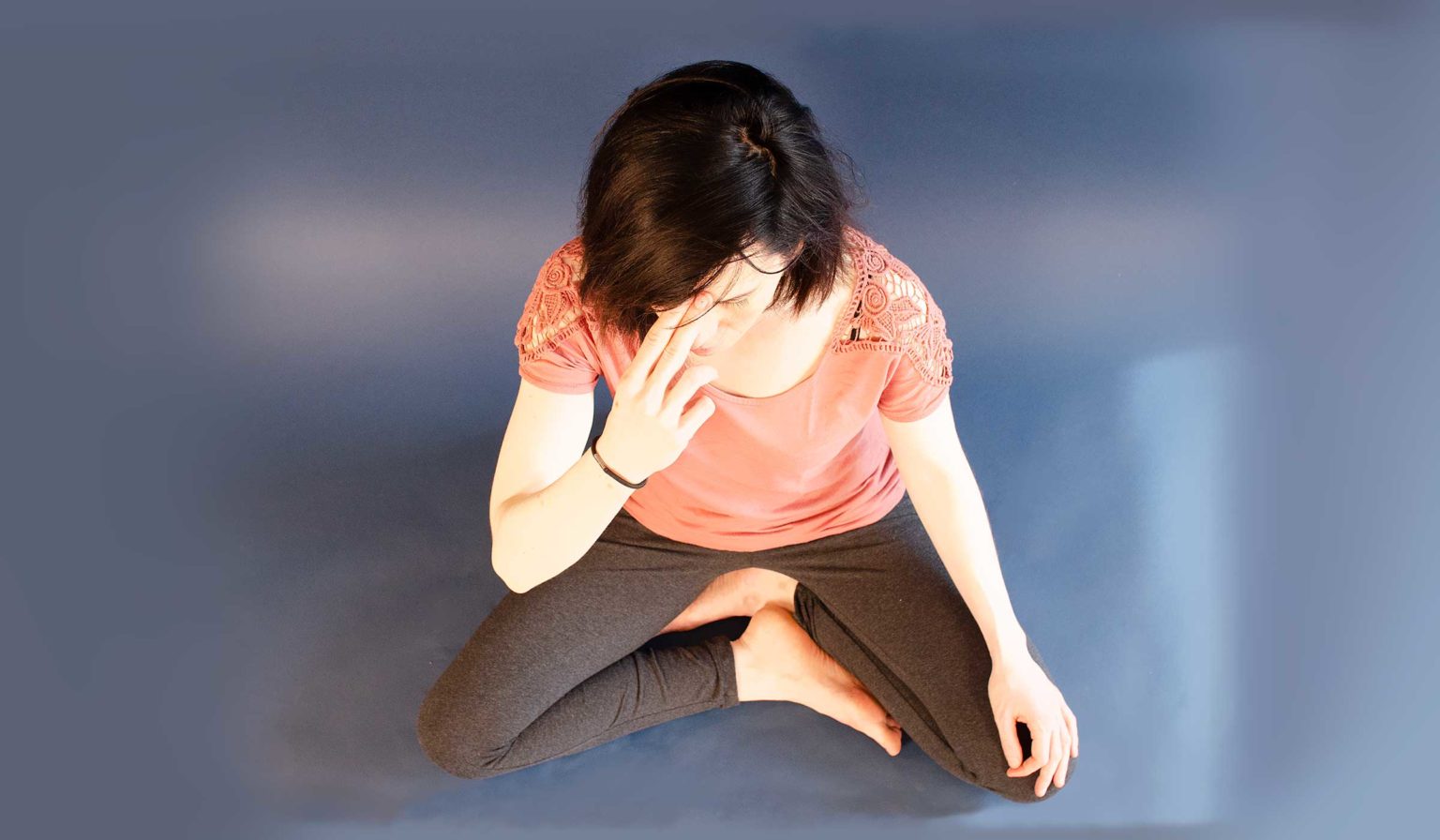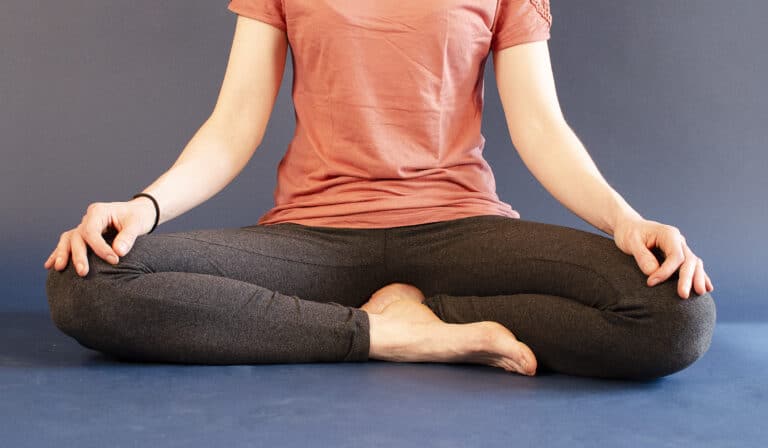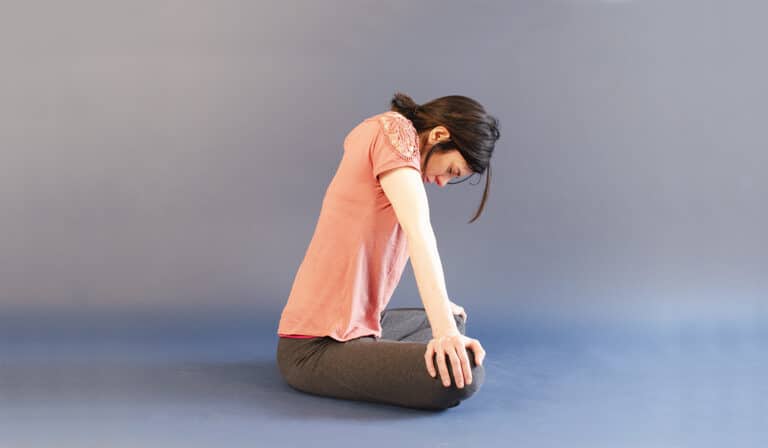What is the best hand position for nadi shodhana pranayama? There are a few different ways to place your fingers to close your nostrils for this breathing exercise. This article will cover the best options available and describe what benefits they each have and why. Having read it you will know everything you need about how to close your nostrils for the alternate breath.
About nadi shodhana pranayama
Nadi shodhana pranayama, the alternate breath, is an essential breathing exercise from the hatha yoga tradition. In involves alternately closing one nostril and breathing slowly through the other one. In more advanced versions, the practice also includes breath retentions during which you close both nostrils at the same time.
What hand to use for nadi shodhana?
Before getting to finger placement and hand position, I want to discuss which hand to use. Your yoga teacher might have insisted that you use your right hand. There is a cultural reason behind it.
In India, people use their right hand for everything that is clean and their left hand to wipe their behinds when they go to the toilet. Therefore manipulating your nostril is something that Indians will reserve for the right hand. We don’t have the same hygienic concerns in the West, and it would thus not matter if you use your right hand or your left. There are no esoteric concerns behind the choice of hand. If you are lefthanded, you can safely use your left hand instead of your right.
What fingers to use to close your nostrils for nadi shodhana
The most common way of using your fingers to close your nostrils is to use your thumb for the right nostril and your ring finger for the left (if you use your right hand, that is). The Gheranda Samhita, a 17th-century manual on yoga, even suggest that you use the little finger to support the ring finger on the left side. The text explicitly states that you should not use the middle and the index fingers. A logic reason for that is that if you were to use one of these two fingers to close your left nostril, you would need to twist your hand slightly, and your wrist would end up in an awkward position.
Another possibility that some yogis opt for is to use your thumb and your little finger only.
Choosing your hand mudra for nadi shodhana
Using your thumb and your ring finger, you have your index and middle fingers free to perform a hand gesture, a mudra. Doing a finger mudra can give you some advantage.
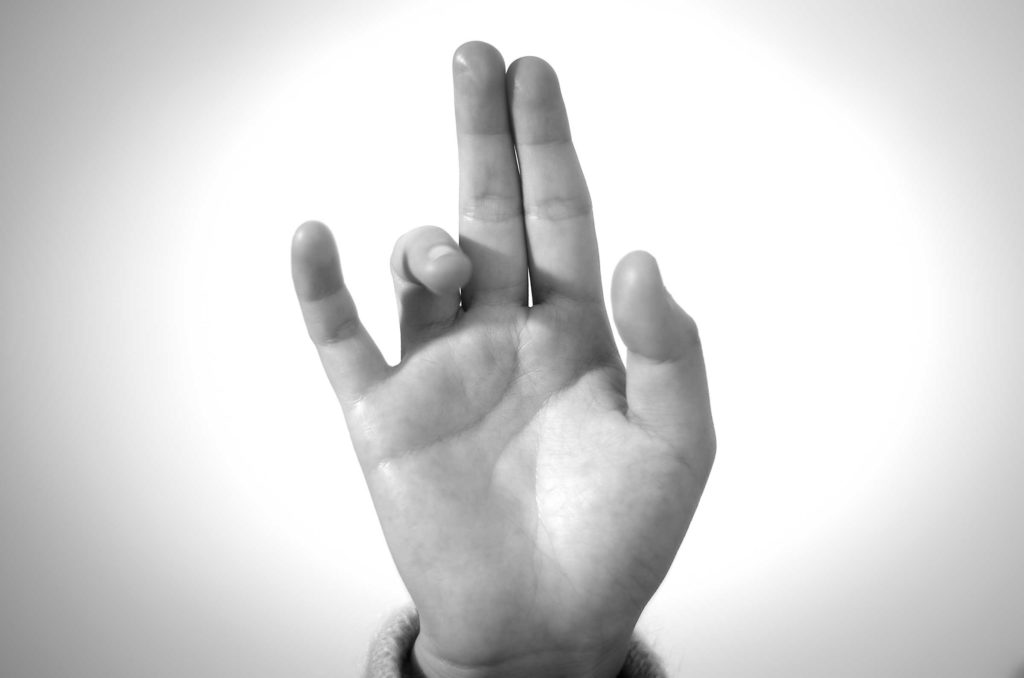
The mudra that I recommend is called nasagra mudra. It is the gold standard for nadi shodhana in my tradition, the tradition of Swami Satyananda . It consists of placing the tip of the two fingers in question on the forehead, just above the eyebrows. That gives your hand additional support and makes it a bit more comfortable for your arm to stay in its position. If you are an experienced practitioner, you need to keep your arm raised for ten minutes or more, so some help is welcome. Furthermore, the mudra also aims at stimulating the eyebrow centre, which is a crucial energy point.
One objection against nasagra mudra that I have come across is that the mudra could take your attention away from breathing. I have never met anyone who has had this issue, and I think it is a rare problem. But if you feel an energetic influence from the mudra that you would prefer to be without, then choose another way to place your fingers.
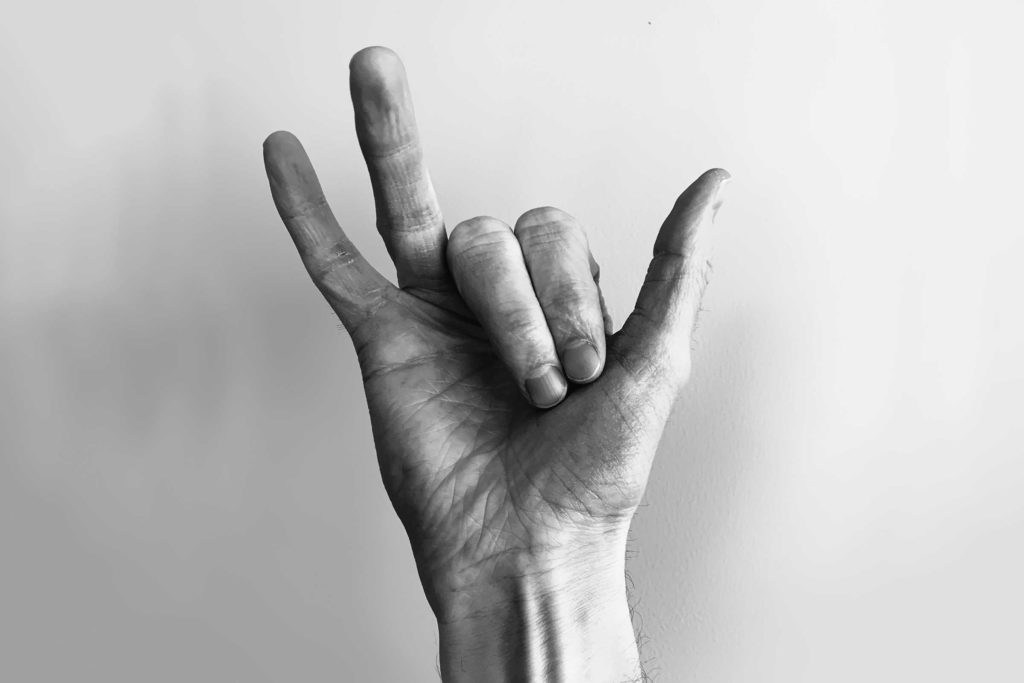
The other mudra that some teachers recommend to accompany the alternate breath is vishnu mudra (some call it mrigi mudra). It consists of placing the tips of your index and middle fingers so that they touch your palm. I have never practised nadi shodhana using this mudra. It feels awkward for me. If you are using it and you are happy with it, then I see no harm in continuing. If you are starting, then I suggest you choose nasagra. Nasagra mudra is the more adapted of the two because of the additional stability and stimulating the eyebrow centre.
You don’t need to do the hand a mudra. Some practitioners prefer to slightly curl the index and middle finger and leave them relaxed.
How to close your nostrils
You have to shut your nostrils entirely. That is why it is essential to press on the sides of your nose wings. Don’t block your nostrils by placing your fingers in front of the openings or inside them. Doing that will be less efficient in assuring that they are airtight. That is vital, especially in the more advanced practice stages, when you hold your breath. I advise you to get the right habit from the start.

Just how important is correct finger placement for the alternate breath
Finger placement and hand position do influence your practice of nadi shodhana and other pranayamas. However, don’t worry too much about it. If you follow my advice in this article right, you are good.
Some yoga teachers and books go to great lengths, explaining exactly how to place your fingers. BKS Iyengar, for example, spends more than ten pages in his book Light on Pranayama to treat finger position. I think that there is no need to exaggregate. In nadi shodhana, the crucial element is to breathe slowly. Overfocusing on finger placement is missing the point.
Key takeaways
- Use your right hand if you are right-handed.
- If you are left-handed or have an issue with your right hand, there is no harm in using your left one (as long as you make sure it’s clean).
- The best way to close your nostrils is by using your thumb and your ring finger. The most adapted hand gesture is nasagra mudra, placing the index and the middle finger on the forehead.
